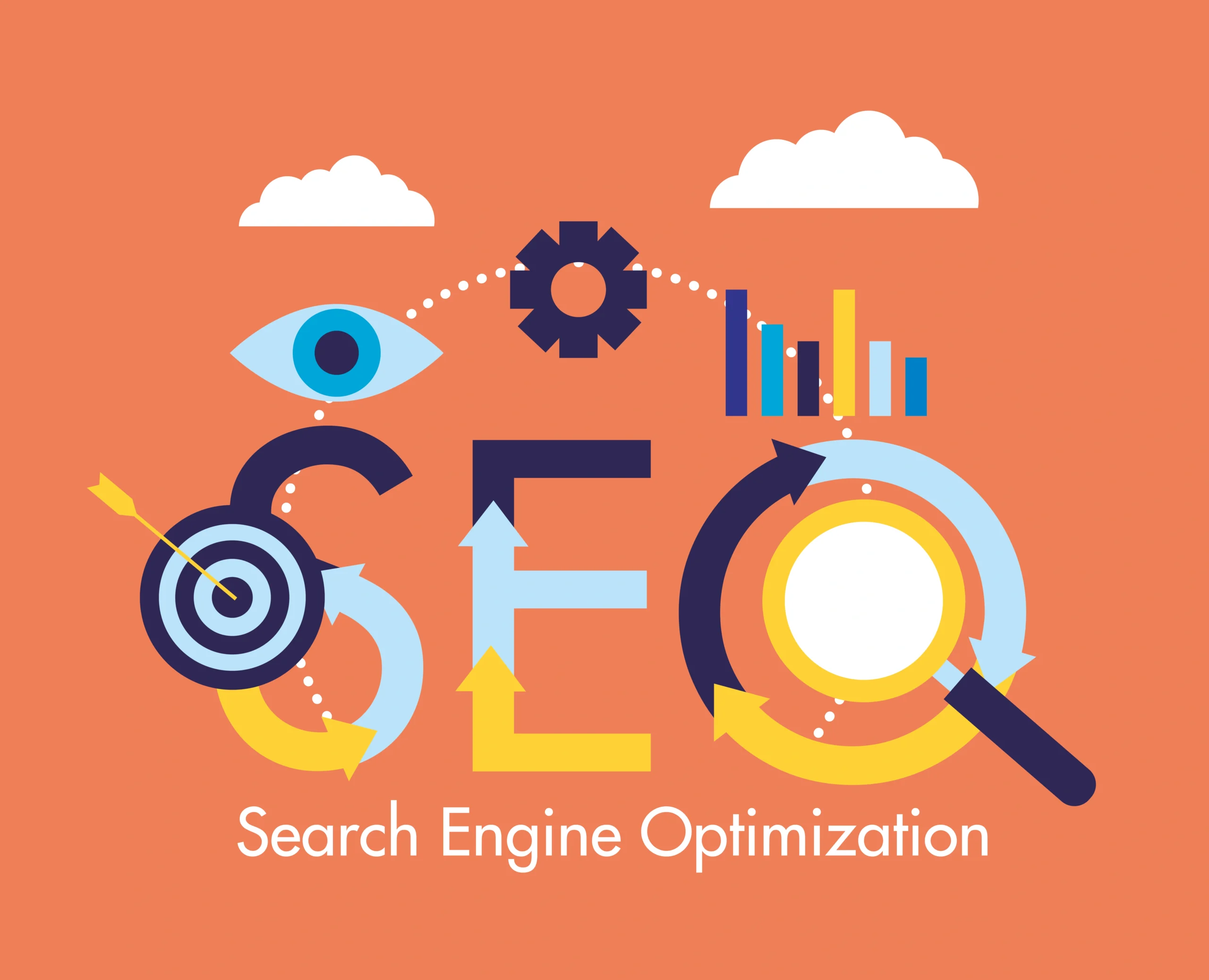Search engines keep changing, and technical SEO stays a key part of any good online marketing plan. In 2025 technical SEO goes beyond just crawling and indexing—it focuses on giving users great experiences making the most of new tech, and keeping up with algorithms that always change.
This guide looks at the most important technical SEO best practices for 2025 to help your website stay strong in search engine results pages (SERPs).
1. Core Web Vitals and User Experience (UX)
Google still cares a lot about Core Web Vitals in 2025, and now they’re even more linked to how happy users are and AI-based ranking systems. These vitals include:
- Largest Contentful Paint (LCP) – Shows how fast content loads. Try to keep it under 2.5 seconds.
- First Input Delay (FID) – Indicates how quickly users can interact. Shoot for less than 100ms.
- Cumulative Layout Shift (CLS) – Reflects how stable the page looks. Keep it below 0.1.
Action Tips:
- Load images and videos when needed.
- Shrink media files and use modern formats like WebP and AVIF.
- Make CSS and JS load faster with tools such as webpack, Babel, or Google PageSpeed Insights.
2. Mobile-First & Multi-Device Optimization
With mobile searches accounting for over 70% and the growing popularity of foldable phones and tablets, adapting to a multi-device ecosystem has become essential.
Action Tips:
- Implement responsive design instead of separate mobile URLs.
- Use tools like BrowserStack or Chrome DevTools to test on different devices.
- Keep tappable elements well-spaced and steer clear of intrusive interstitials.
3. Structured Data & Schema Markup
By 2025, search engines will depend on structured data to interpret your content, show rich snippets, and power voice and AI assistants.
Key Schema Types to Add:
- Organization
- BreadcrumbList
- Product and Offer
- FAQPage and HowTo
- Article and VideoObject
Action Tips:
- Use JSON-LD syntax (Google likes this).
- Check with Google’s Rich Results Test.
- Add dynamic schema updates through GTM or server-side rendering for big websites.
4. Server & Hosting Performance
Page speed isn’t just about front-end changes. Your server setup has a big impact.
Action Tips:
- Use CDNs (like Cloudflare BunnyCDN) to cut down lag.
- Pick fast and reliable hosting (cloud-based is best).
- Set up HTTP/3 and TLS 1.3 to make connections faster and more secure.
- Put server-side caching into action (examples include Varnish Redis).
5. Indexability & Crawl Budget Optimization
For big websites, managing what search engines crawl and index plays a key role in scaling SEO efforts.
Action Tips:
- Make smart use of robots.txt and tags.
- Stop crawling of URLs with parameters or duplicate pages.
- Hand in a fine-tuned XML sitemap with the most recent canonical URLs.
- Often check using tools such as Screaming Frog, Ahrefs, or Google Search Console.
6. JavaScript SEO and Dynamic Content
As frameworks like React Vue, and Angular have a major influence on front-end development, JavaScript SEO becomes essential.
Action Tips:
- Use server-side rendering (SSR) or hydration-friendly static site generators (e.g., Next.js Nuxt).
- Make sure users can access content without JS (progressive enhancement).
- Keep an eye on rendering with Google Search Console’s “URL Inspection Tool”.
7. AI-Ready & Semantic Search Optimization
With breakthroughs in AI search engines (like Google’s SGE or Bing Copilot), content needs technical optimization to match intent, not just keywords.
Action Tips:
- Put topic clustering and semantic internal linking into action.
- Build descriptive and hierarchical heading structures.
- Label FAQs how-tos, and summaries with appropriate schema.
8. URL Architecture and Site Structure
A clean and logical site structure helps users and bots grasp your website hierarchy.
Action Tips:
- Keep URLs brief, lowercase, and rich in keywords.
- Use hyphens instead of underscores.
- Build silo structures (e.g., /seo/on-page/, /seo/technical/) to create contextual relevance.
- Add breadcrumb navigation with structured data.
9. HTTPS, Security, and Privacy Compliance
Security ranks as a factor and signals trust to users.
Action Tips:
- Use HTTPS on all pages, with SSL that renews .
- Put Content Security Policy (CSP) into action to stop XSS attacks.
- Follow GDPR and local data protection rules (like India’s DPDP Act).
- Apply secure cookies, two-factor authentication (2FA), and scan the entire site for weak spots.
10. Log File Analysis and Technical Audits
Log files show how bots interact with your website—key to solve complex problems.
Action Tips:
- Check Googlebot’s actions: spot crawl issues, unused web pages, and server response codes.
- Use tools like Screaming Frog Log File Analyzer, Splunk, or ELK Stack.
- Mix log data with GSC insights to find pages that don’t perform well or are crawled too much.
11. International & Multilingual SEO (If Applicable)
For businesses that operate proper hreflang tag setup is crucial to avoid content duplication across languages and regions.
Action Tips:
- Add hreflang tags in the or XML sitemaps.
- Make sure language versions can be indexed and aren’t blocked.
- Adapt structured data for local use (e.g., currency address).
12. Keep an Eye on Things and Maintain with Automation
SEO for technical aspects isn’t a one-off job. You need to watch it .
Tips for Action:
- Use tools that check your site’s health , like SEORadar, Little Warden, or ContentKing.
- Set up warnings for:
- Links that don’t work
- Big jumps in 404 errors
- Problems with crawling
- HTTPS or certificate issues
- Stick to a regular schedule for checking your site’s tech stuff (do it monthly for big sites).
Conclusion
Technical SEO in 2025 has a big impact on user experience and relies on AI. It keeps changing . To make your website succeed in search, you need to get good at things like Core Web Vitals structured data, and managing how search engines crawl your site.
If you work in SEO or own a business and want more people to find you online, it pays off to build a strong technical SEO foundation. This makes sure search engines can find, index, and rank your content – no matter how search changes over time.
Also Read:










